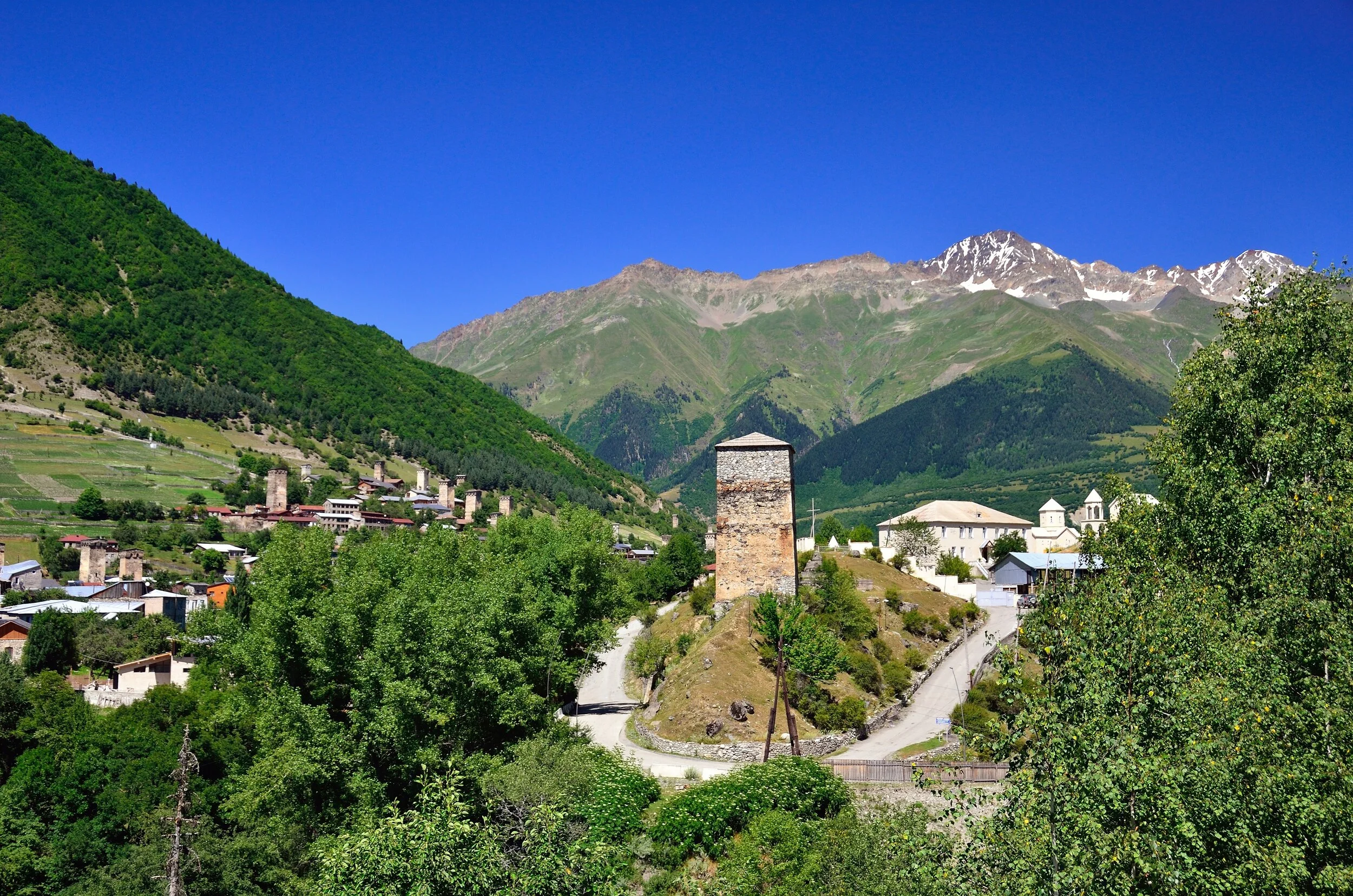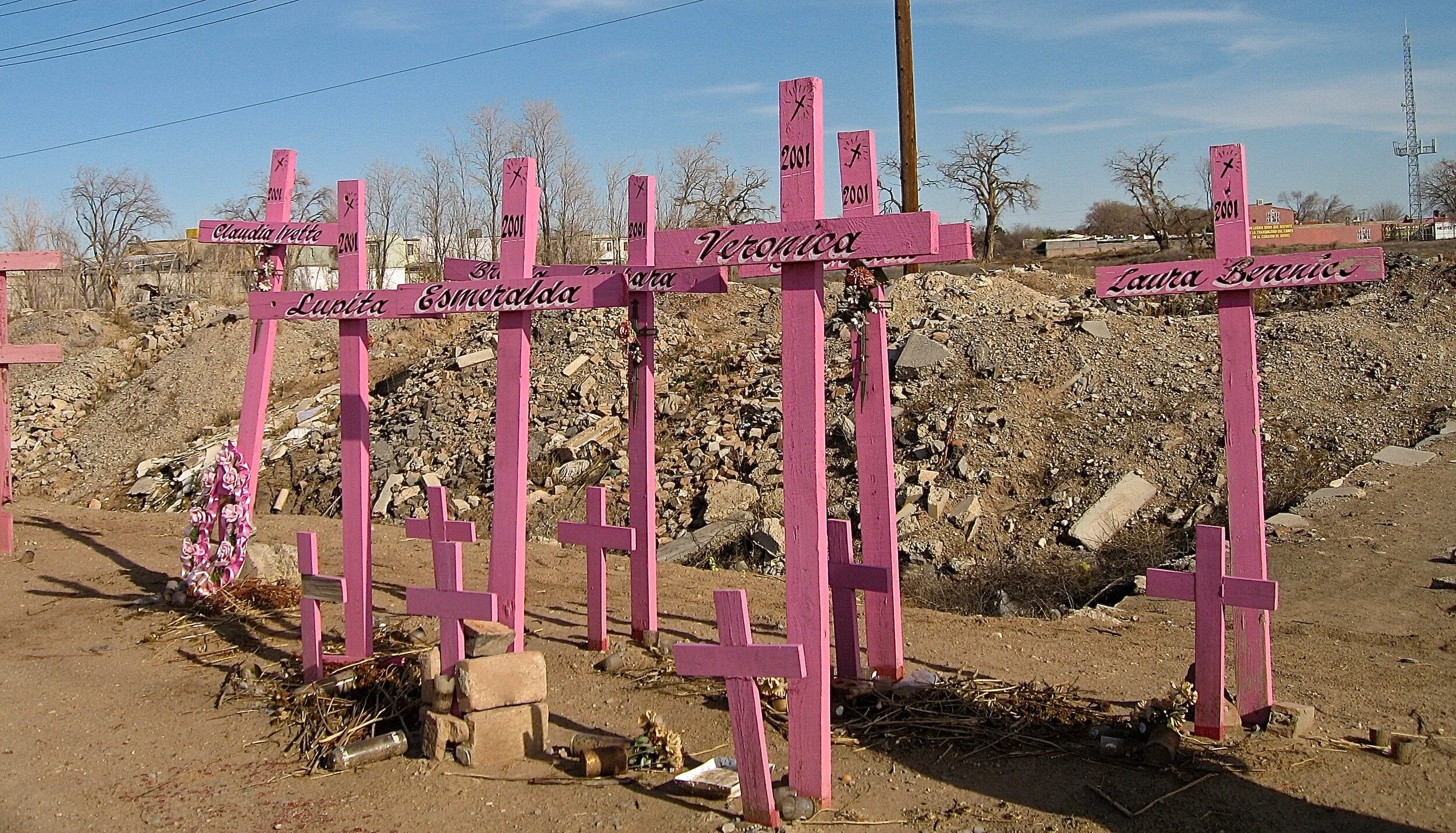A TALE OF TWO QUEENS
An audience with Queen Medb and Panti Bliss
For Tourism Ireland 2021, The Times
Drag performer Rory O’Neill became a household name in Ireland when, as his alter ego Panti Bliss, he led the campaign to legalise same-sex marriage there. Together, they became the symbol of a forward-looking nation almost overnight, and Panti quickly acquired the title “the Queen of Ireland”.
Who better than O’Neill, then, to accompany me on a short pilgrimage to a site of impeccable royal pedigree: Knocknarea in County Sligo.
Dominating the Coolera peninsula on the northwest coast, the flat-topped limestone mountain is crowned by the reputed burial cairn of Queen Medb, who ruled the province of Connacht in the 1st century, and went to war with Ulster, her adversary in the east, over the largest, fiercest, most virile bull in Ireland – the story of which is told in Táin Bó Cúailnge (“Cattle Raid of Cooley”), an epic of Irish mythology, the country’s own Iliad.
Knocknarea is tufted with mist on the day of our ascent, and fearing that Panti’s heels would fail her in the squelchy sod, O’Neill, 52, takes to the Queen Medb Trail, a 6km loop, in something approaching sensible outdoor wear.
“I grew up with stories of Medb,” he says. “A real warrior. It wouldn’t surprise me if she brought the weather down on us to dampen the spirits of another queen on her patch. Well, it hasn’t. Unlucky, love – try again.”
At 55m across and 10m tall, Queen Medb’s Cairn is one of Ireland's most impressive neolithic monuments. Built between 3,500 and 3,200BC on Knocknarea’s highest shelf, it has never been excavated, but I’ve yet to meet a local who doubts it contains, in the form of a passage tomb, the final resting place of “the lusty, fair-haired wolf queen” – she’s reckoned to have been buried upright, still clutching a spear and staring down Ulster.
“‘Strong female presence’ doesn’t begin to cut it,” says O’Neill. “Psycho bitch gets closer. She wanted the bull because her husband had one, the one thing he had that she didn’t. They were an intensely competitive couple. It ended badly, of course. Huge losses on both sides and, in the end, the bulls gored each other to death.
“Growing up a gay boy, it was all ‘fag’ this, ‘limp-wristed’ that. The same old charges of effeminacy. And yet the feminine is formidable. Drag takes those qualities and weaponises them. What were ridiculed as weaknesses become superpowers. Sissy powers! You’re playing a role but that role is you, just a grander, more forceful you. And though drag has taken off in ways I could not have imagined when I started out at 21, it still has an edge, and it stops me feeling that I’ll ever be absorbed into the mainstream.”
—————————————————
The hike asks nothing of us that we’re not happy to give, climbing 900ft up the northern slopes of Knocknarea, past Bronze Age remains (Carrowmore, one of the largest clusters of megalithic tombs in Ireland – the heart of an ancient ritual landscape – is just three miles away to the east) and on through Coillte forests along a raised boardwalk or “bog bridge”, derelict cottages glimpsable through the trees. Just as the mist is beginning to thin, leaving combover strands, the summit reveals itself in open country.
The cairn lives up to its billing. To this prehistorian’s eye, there’s every chance that it contains fully structured chambers like those found at the Brú na Bóinne World Heritage Site, in the passage tombs of Newgrange, Dowth and Knowth, which are now thought to have served a devotional and astronomical purpose, as well as a funerary one.
“I love the idea that she’s still giving Ulster the stink-eye from beyond the grave,” says O’Neill. “That sort of energy is what I associate drag with. It’s punk, it’s a rejection of everything people want you to be, it’s a celebration of the self – a glitter-covered middle finger held up to the world.”
Robbed by the weather of postcard views of Nephin, in Mayo, the highest standalone mountain in Ireland, and the Sliabh Liag sea cliffs in Donegal, our conversation turns to the effect that landscape can have on our identities.




O’Neill grew up in Ballinrobe, a small market town in South Mayo, in a rambling house with a large garden that was always full of animals – his father was a vet. Though he admits he would easily qualify as a metropolitan Dubliner these days, he says that he has fond memories of the west of Ireland, and he’s certain his personality still bears its imprint.
“My childhood didn’t have much Hollywood glamour going for it, but its setting was cinematic in its own way. It was lush and green in places, but in others absolutely wild, rugged and barren. The weather’s full of passion, and moody as hell, and the Atlantic keeps throwing itself on the mercy of the beach like a tragic heroine.
“The sea offers the promise of escape, too, of course – I’m not sure that I would have coped growing up an inland county. Don’t fence me in! Yes, it makes perfect sense to me that a drag queen would come from the west of Ireland.”
Having become Panti as part of a double act in Tokyo in the early Nineties, O’Neill returned to Dublin in 1999, a year after Ireland decriminalised homosexuality. A few months later he would be diagnosed HIV positive. Panti continued to perform revues, and host Dublin Pride, the Alternative Miss Ireland pageant, and a weekly karaoke drag night, but as far as O’Neill was concerned, the future had been cancelled.
“I had been to funerals of friends who had died of AIDs or complications from it. I was under no illusion about what my GP was telling me: ‘You’re going to die and it’s going to be horrible.’ Little did I realise that I would one day look back and see how lucky I was to be diagnosed then because effective treatments were being developed.
“Now, and people don’t realise this – so the stigma of being HIV positive still exists – I’m functionally cured. Thanks to me taking one antiretroviral pill a day, my viral load is now undetectable, and undetectable equals untransmittable.
“You have to keep taking the pills because the virus is a smart bugger, and some trace of it will just hide out in your body waiting for you to get lazy with your meds, but yes, it’s true, I now stand to live as long as the next healthy person.”
When, in 2015, Ireland became the first country to vote for marriage equality by referendum, O’Neill was embraced as a national icon. But he describes himself as “an accidental activist”, claiming the spotlight simply fell on him at the right time.
But that’s only sort of true. A year before, Panti had called certain Irish journalists "homophobic" on national TV during an interview on The Saturday Night Show. Shortly after, she was invited by The Abbey Theatre in Dublin to deliver a speech as part of “The Noble Call” tradition. In her impassioned address, Panti defended her position and spoke of the oppression and shame that gay people in Ireland had, sadly, come to accept as their only birthright.
So rousing was Panti’s oration that, within a month, it had been viewed more than a million times on YouTube, discussed in the Irish parliament, and described by The Irish Times writer Fintan O'Toole as “the most eloquent Irish speech since Daniel O'Connell [the 19th century statesman] was in his prime”.
“For me, the ‘yes’ vote was about expanding everyone’s sense of Irishness to include people like me,” O’Neill says. “It was about public perception of what it is to be Irish these days. I care about my country being inclusive.
“Was I channeling Queen Medb? Perhaps. But ultimately, I was just being myself. If I have a lesson to share, it’s this: stick to what you’re good at – being you. Remember, kids, your unique self is your greatest asset, so embrace it, make a show of yourself. Who you are is a strength – play to it.”
We smile, but there isn’t a dry eye on Knocknarea.
Below, Panti Bliss, The Abbey Theatre, Dublin, 02/02/2014




